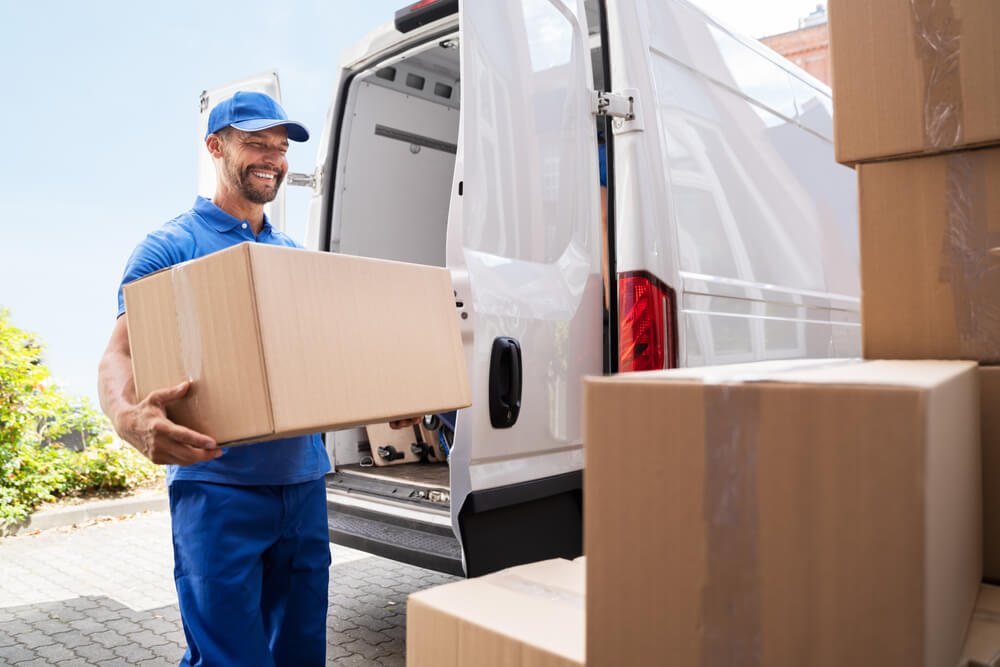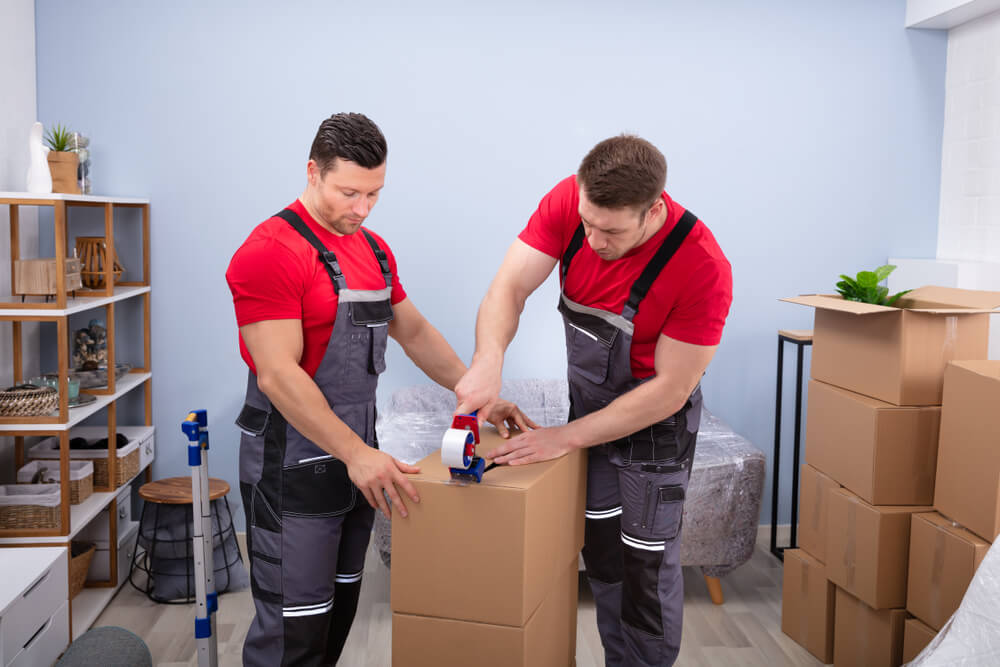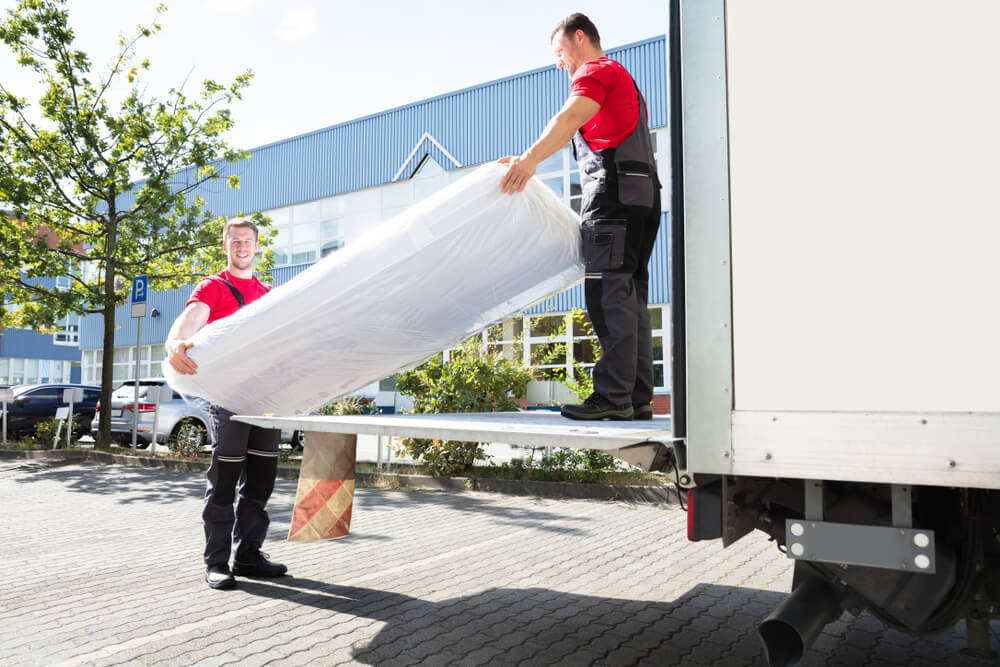
In the fast-paced world of the moving industry, lead generation plays a crucial role in the success of businesses. Whether you’re looking for local or international clients, optimizing your lead generation strategy can help you achieve higher conversion rates. By turning form fills to live calls, moving companies can bridge the gap between potential customers and actual bookings. This strategy involves the use of various digital tools and services to attract qualified leads, ensuring that you only spend time on prospects who are ready to move forward with your services.
The moving industry, with its diverse client needs—from residential moves to commercial relocations—requires a comprehensive approach to lead generation. As a moving business owner, leveraging the right tools and techniques can transform your sales pipeline. With verified moving leads, companies can ensure that they are focusing on the most relevant prospects, saving valuable time and effort in the process.
Why Focus on Qualified Moving Leads?
Moving companies must prioritize the quality of their leads to ensure success. Professional lead generation platforms like TOLM provide access to verified leads that are more likely to convert into customers. A solid lead generation system can improve conversion rates and drive business growth. Advanced filtering methods from lead providers help sift out low-quality leads, ensuring the best prospects are chosen. Working with the wrong leads can lead to wasted time, effort, and decreased productivity and profits.

The Benefits of Real-Time Lead Generation
One of the most significant advantages of modern lead generation systems is the ability to receive leads in real-time. This feature is particularly important in industries where competition is fierce, and timely responses can make a huge difference. By integrating these systems into your sales process, moving companies can instantly follow up on potential clients and increase their chances of securing a job.
Real-time lead generation also allows businesses to personalize their approach. Instead of relying on generic sales pitches, companies can tailor their communication to the needs of each specific lead, ensuring a higher likelihood of success. Whether it’s a family looking to move locally or a business needing a large-scale commercial move, being able to customize your outreach is a powerful tool.
The Role of Technology in Lead Conversion
Technology has significantly improved the way businesses handle leads, particularly in the moving industry. CRM systems and automated communication tools enable businesses to efficiently track leads, follow up promptly, and maintain records for future reference. Integrating call tracking and lead nurturing features ensures no lead goes unnoticed, while nurturing features help build long-term relationships with potential clients, potentially leading to repeat business or referrals.

Choosing the Right Lead Generation Provider
Not all lead generation providers are created equal. Moving companies must carefully evaluate the services they choose to ensure they are receiving high-quality leads that will convert into paying customers. Many lead generation providers offer a variety of options, including shared leads, which are distributed among multiple companies, and exclusive leads, which are sold to only one company.
The decision between shared and exclusive leads depends on a company’s specific needs and budget. Shared leads are often more affordable but come with the drawback of increased competition. On the other hand, exclusive leads tend to be more expensive but come with the benefit of being the sole recipient, increasing the chances of a successful conversion.
Converting Leads into Clients
Acquiring leads is crucial, but converting them into clients is the real work. A streamlined process for follow-up with leads, including phone calls, emails, and personalized offers, is essential. A well-trained sales team can significantly improve this process by understanding each lead’s unique needs and offering tailored solutions. Additionally, excellent customer service and transparent pricing can increase the chances of turning leads into loyal clients.

Conclusion
The moving industry is highly competitive, and businesses must adopt a strategic approach to lead generation. By turning form fills into live calls and working with a reliable provider, moving companies can attract qualified prospects. With the right technology, training, and follow-up strategies, converting these leads into clients can be efficient and profitable. By utilizing lead generation tools, businesses can streamline operations, reduce wasted time, and achieve higher conversion rates, benefiting both local and large-scale operations.






















